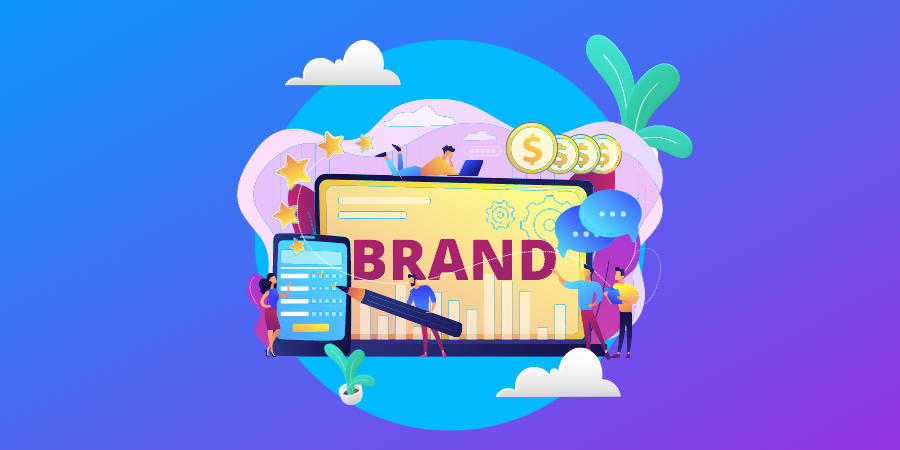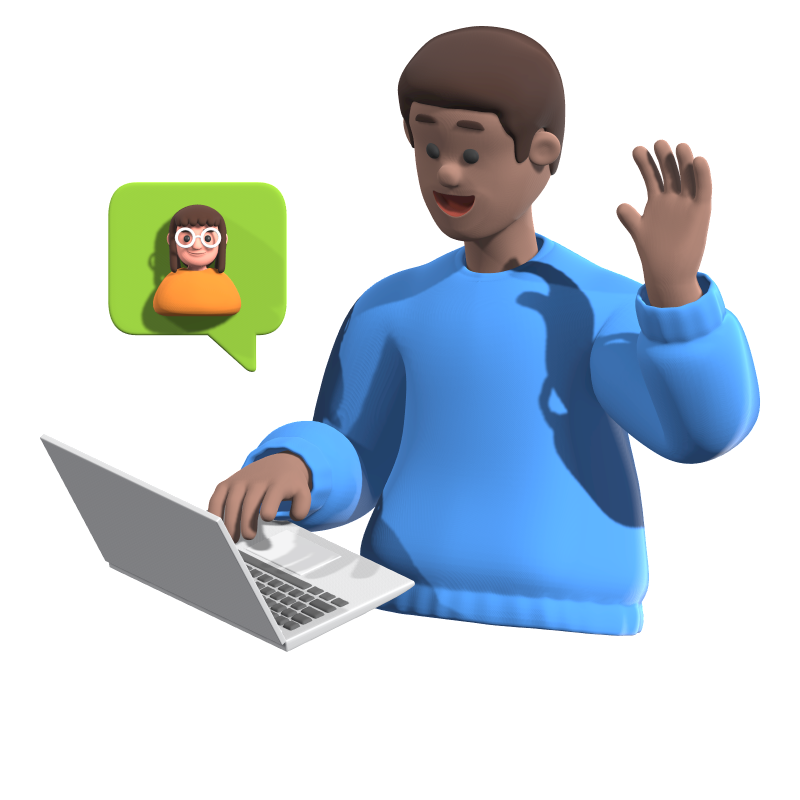.jpg)
If you want to know whether a particular application, or a library with particular functionality, is available in Python there are a number of possible sources of information. The Python web site provides a Python Package Index (also known as the Cheese Shop, a reference to the Monty Python script of that name). There is also a search page for a number of sources of Python-related information. Failing that, just Google for a phrase including the word ''python'' and you may well get the result you need. If all else fails, ask on the python newsgroup and there's a good chance someone will put you on the right track.
Python is an interpreted high-level general-purpose programming language. Python's design philosophy emphasizes code readability with its notable use of significant indentation. Its language constructs as well as its object-oriented approach aim to help programmers write clear, logical code for small and large-scale projects.[30]
Python is dynamically-typed and garbage-collected. It supports multiple programming paradigms, including structured (particularly, procedural), object-oriented and functional programming. Python is often described as a "batteries included" language due to its comprehensive standard library.[31]
Guido van Rossum began working on Python in the late 1980s, as a successor to the ABC programming language, and first released it in 1991 as Python 0.9.0.[32] Python 2.0 was released in 2000 and introduced new features, such as list comprehensions and a garbage collection system using reference counting. Python 3.0 was released in 2008 and was a major revision of the language that is not completely backward-compatible and much Python 2 code does not run unmodified on Python 3. Python 2 was discontinued with version 2.7.18 in 2020.[33]
Python consistently ranks as one of the most popular programming languages.
Class Sessions
Become a Brand Ambassador – Earn More, Grow More!

Are you passionate about transforming online education? At KeeBoost, we’re excited to launch our Brand Ambassador Program—a unique opportunity designed for educators, influencers, and industry professionals. Join Now – Boost Your Earnings & Growth!
